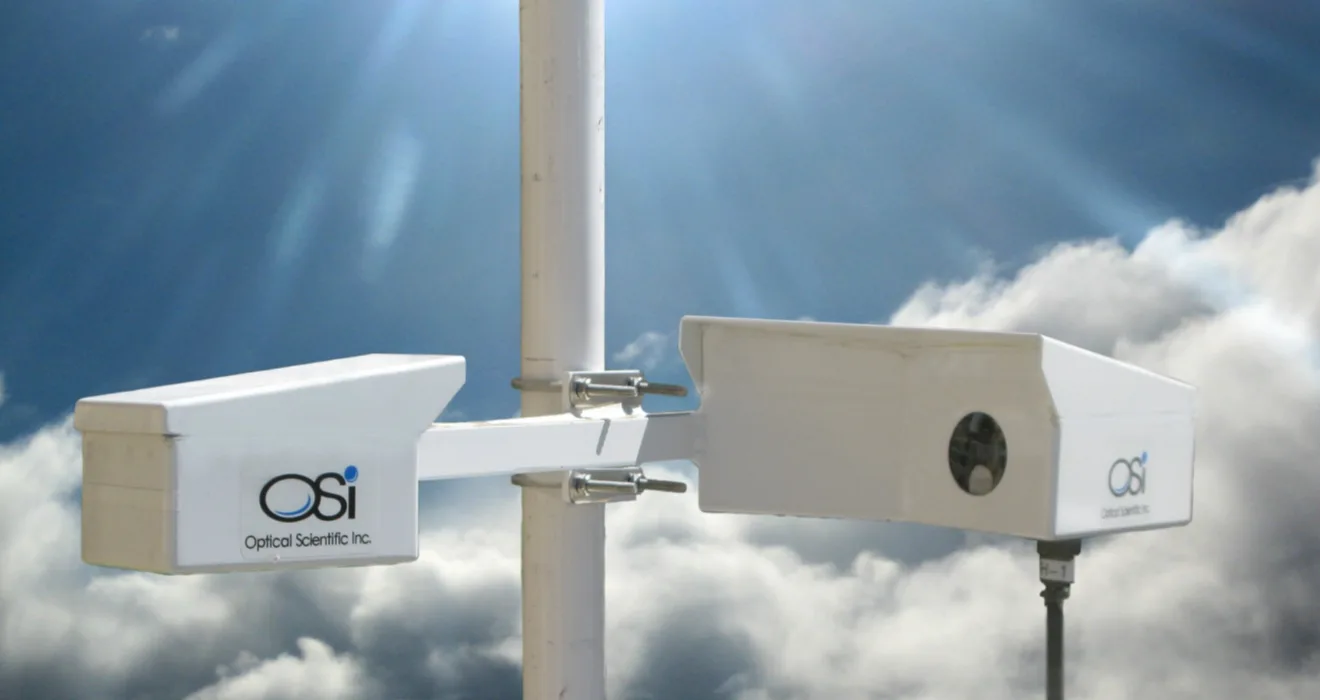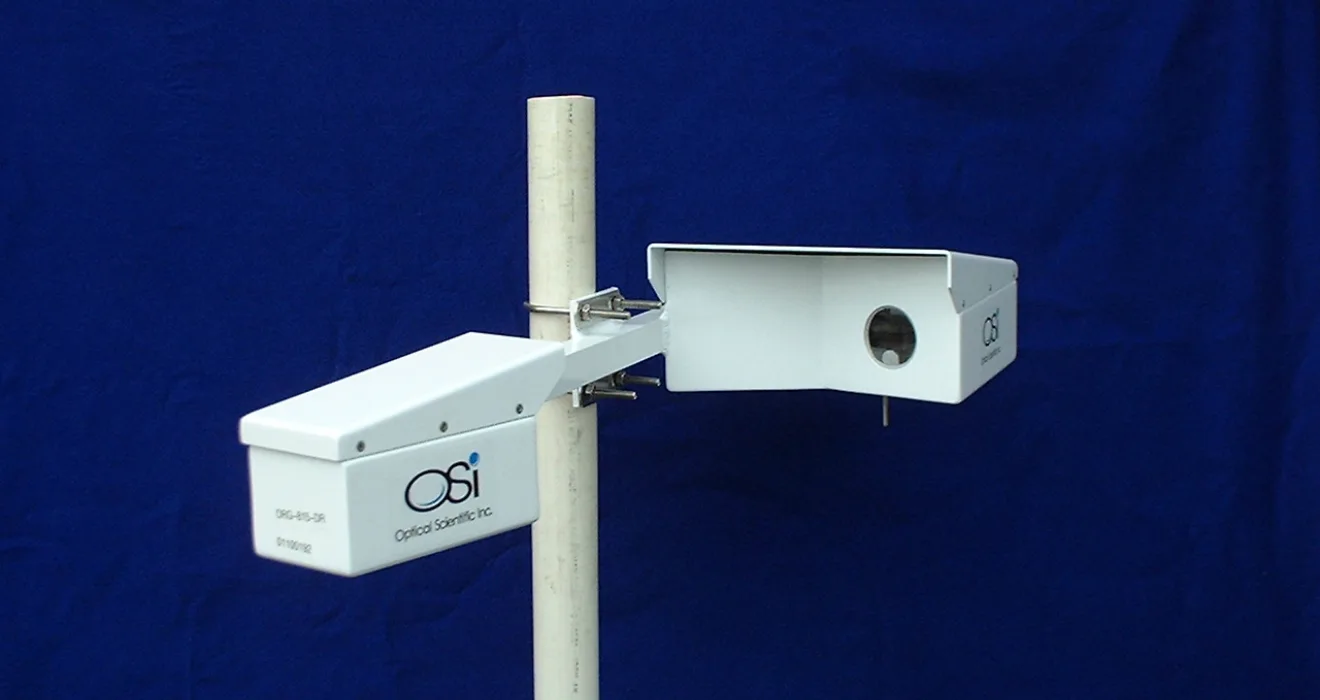How All Precipitation Gauges contribute to ocean-atmosphere interaction studies?

Precipitation is a vital part of the Earth’s water cycle, influencing weather and climate systems by affecting heat transfer, moisture exchange, and energy balance between the atmosphere and oceans. Accurate precipitation measurement is essential for understanding phenomena like the El Niño-Southern Oscillation (ENSO), monsoons, and hurricanes. Precipitation gauges, from basic rain collectors to advanced satellite systems, provide key data that help researchers study and predict oceanic and atmospheric interactions. This article examines the role of various precipitation gauges in enhancing climate models, deepening our understanding of ocean-atmosphere processes, and assessing how changing precipitation patterns affect global weather.
The Role of Precipitation in Ocean-Atmosphere Interactions
Precipitation plays a key role in ocean-atmosphere interactions by redistributing heat and moisture, impacting both short-term weather and long-term climate. When precipitation falls over oceans, it dilutes seawater, affecting salinity, temperature, and circulation. This influences ocean currents and atmospheric pressure systems that drive large-scale weather events. Understanding these interactions is crucial for predicting climate events like ENSO cycles, which alter global weather patterns, and for studying extreme events like hurricanes, which are influenced by sea surface temperatures (SST) and atmospheric moisture, both affected by precipitation.
Types of Precipitation Gauges Used in Ocean-Atmosphere Studies
To measure and monitor precipitation in relation to ocean-atmosphere interactions, a variety of precipitation gauges are utilized. Each type of gauge offers specific advantages in terms of accuracy, data resolution, and geographic coverage.
1. Standard Rain Gauges
Standard rain gauges are the most basic and widely used precipitation measurement tools. These instruments consist of a funnel that directs rainwater into a container, where the amount of precipitation is measured over a given period. While these gauges are typically employed in terrestrial environments, they are also used in some coastal regions and islands to monitor precipitation in relation to nearby oceans.
Despite their simplicity, standard rain gauges provide crucial data on rainfall intensity and accumulation, which is used to assess the water cycle and its influence on oceanic systems. Researchers employ these measurements to study how rainfall influences local sea surface temperatures and salinity levels, particularly in regions like the tropics.
2. Tipping Bucket Rain Gauge (TBRG)
The Tipping Bucket Rain Gauge (TBRG) is one of the most common automatic rainfall measurement systems. It works by funneling rain into a small bucket that tips once a certain amount of water is collected. Each time the bucket tips, a counter records the event, providing a precise measurement of rainfall accumulation over time.
TBRGs are particularly useful in studying ocean-atmosphere interactions as they allow for real-time data collection over a wide area. In conjunction with other atmospheric data, TBRGs help scientists track precipitation patterns that influence sea surface temperatures, which are critical for understanding oceanic conditions and forecasting weather phenomena like storms and cyclones.
3. Optical Rain Gauges (ARG)
Optical Rain Gauges (ARG), also known as laser or optical-based rain gauges, offer highly accurate and instantaneous measurements of rainfall intensity. These gauges work by using a laser beam that is disrupted by falling raindrops. The disruption is then quantified to provide precise measurements of both the rate and the size of raindrops.
ARGs are particularly valuable for ocean-atmosphere studies, as they provide high-resolution data that can track precipitation events with great precision. This high level of accuracy is essential for understanding small-scale atmospheric processes, such as cloud formation and the effects of precipitation on the ocean’s surface layer.
4. Weather Radar Systems
Weather radar systems use electromagnetic waves to detect and measure precipitation in real-time. By emitting radar pulses that bounce off raindrops, these systems are able to provide detailed information on the intensity, location, and movement of precipitation.
In ocean-atmosphere interaction studies, weather radar systems are invaluable for tracking large-scale precipitation events, especially in regions prone to tropical storms or hurricanes. The radar data helps researchers understand how rainfall intensity impacts sea surface temperatures and how these, in turn, influence oceanic currents and atmospheric pressure systems. Weather radar can also detect mesoscale convective systems (MCS), which are key to understanding the development of cyclonic storms.
5. Satellite-Based Precipitation Measurement (e.g., TRMM, GPM)
Satellite-based systems like the Tropical Rainfall Measuring Mission (TRMM) and the Global Precipitation Measurement (GPM) mission provide global coverage of precipitation patterns, offering a comprehensive view of how rainfall interacts with both the atmosphere and oceans. These satellites use microwave and infrared sensors to measure precipitation rates and cloud formation in real-time, even in remote or inaccessible areas.
The data from satellites such as GPM are essential for studying large-scale ocean-atmosphere interactions, especially in remote regions like the Pacific and Atlantic Oceans. The ability to track precipitation from space allows researchers to monitor global weather patterns, predict the onset of El Niño or La Niña events, and assess how shifts in precipitation distribution are affecting ocean temperatures, sea surface salinity, and climate change.
Contribution of Precipitation Gauges to Ocean-Atmosphere Interaction Research
Precipitation gauges are central to studying how water and heat exchange between the atmosphere and the ocean. Accurate and reliable precipitation data helps scientists’ model and predict changes in the ocean-atmosphere system, such as:
- Sea Surface Temperature (SST) Changes: Precipitation directly affects SST by adding freshwater to the ocean’s surface. Changes in SST have significant consequences for ocean currents, atmospheric pressure, and weather patterns.
- Sea Surface Salinity (SSS) Variations: Just as precipitation can influence temperature, it can also affect the salinity of the ocean’s surface layer. This, in turn, impacts the density of ocean water, influencing the movement of ocean currents.
- Atmospheric Circulation: Precipitation influences the atmospheric circulation, especially in the tropics where moist convection plays a key role in weather systems. Monitoring precipitation helps scientists understand how these systems affect oceanic and atmospheric conditions.
By integrating precipitation data with other atmospheric and oceanic measurements, researchers can develop more accurate models for weather prediction and climate forecasting.
Case Studies: The Role of Precipitation Gauges in Ocean-Atmosphere Interaction Studies
1. El Niño and La Niña Phenomena
The El Niño and La Niña phenomena are large-scale ocean-atmosphere interactions that significantly alter global weather patterns. Precipitation gauges are crucial for studying the evolution of these events, as they help track shifts in rainfall patterns in the Pacific Ocean and other regions. By monitoring how precipitation changes in response to SST variations, researchers can predict the onset and severity of El Niño and La Niña events, which have far-reaching effects on global weather, including droughts, floods, and storms.
2. Hurricane Formation and Tracking
Precipitation gauges are key tools in studying the formation and intensification of hurricanes. By analyzing rainfall data in conjunction with sea surface temperatures and atmospheric pressure, scientists can gain insights into the factors that contribute to the development of tropical cyclones. Additionally, weather radar and satellite-based systems provide real-time data on rainfall intensity, which is essential for predicting the path and impact of hurricanes.
3. Monsoon Systems
In regions like South Asia, Africa, and Central America, monsoons are vital weather systems that are heavily influenced by precipitation. Precipitation gauges help researchers track the onset and progression of monsoons, allowing for better forecasting of these seasonal weather events and their impact on the ocean-atmosphere system. Monsoons affect not only precipitation patterns but also ocean circulation and heat exchange, which in turn influence global climate dynamics.
The Impact of Precipitation on Oceanic Ecosystems
Precipitation’s role in the ocean-atmosphere system extends beyond weather and climate. The freshwater input from rainfall affects ocean ecosystems by influencing nutrient distribution and phytoplankton growth. Changes in precipitation patterns can disrupt the balance of marine ecosystems, especially in nutrient-rich upwelling zones. Additionally, alterations in precipitation can impact oceanic health, contributing to changes in ocean acidity, temperature, and salinity—factors that influence biodiversity and marine life.
Technological Advances in Precipitation Measurement and Future Impacts
Advancements in precipitation measurement technologies, such as the development of more accurate and sensitive satellite systems, hold great promise for improving our understanding of ocean-atmosphere interactions. These innovations will allow researchers to study precipitation with unprecedented detail, offering better insights into climate variability and providing more accurate predictions of future weather patterns.
As ocean-atmosphere interaction studies continue to evolve, it is essential that data from a wide array of precipitation gauges is integrated into climate models. This collaboration between various technologies and methodologies will enhance our ability to predict and mitigate the impacts of climate change.
Conclusion
Precipitation gauges are indispensable tools in the study of ocean-atmosphere interactions. From simple rain gauges to sophisticated satellite systems, these instruments provide valuable data that helps scientists understand how precipitation impacts ocean temperature, salinity, and circulation. By contributing to the study of large-scale climate phenomena such as El Niño, La Niña, and hurricanes, precipitation gauges are crucial for improving climate models and forecasting systems.
As technology advances, the role of precipitation gauges will only grow more significant in our quest to understand and mitigate the effects of global climate change.
Accurate precipitation measurement is crucial for understanding ocean-atmosphere interactions, and Optical Scientific’s advanced All precipitation gauges provide precise, real-time data for climate research, weather forecasting, and environmental monitoring. With industry-leading technology, our sensors deliver reliable performance in all conditions. Enhance your research and operational efficiency with Optical Scientific’s cutting-edge solutions. Reach out info@opticalscientific.com for more information.


